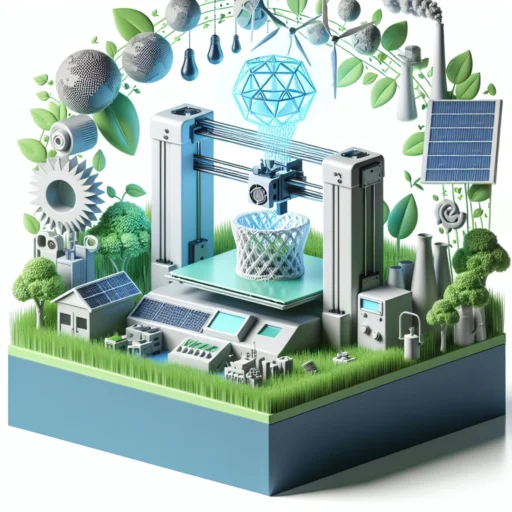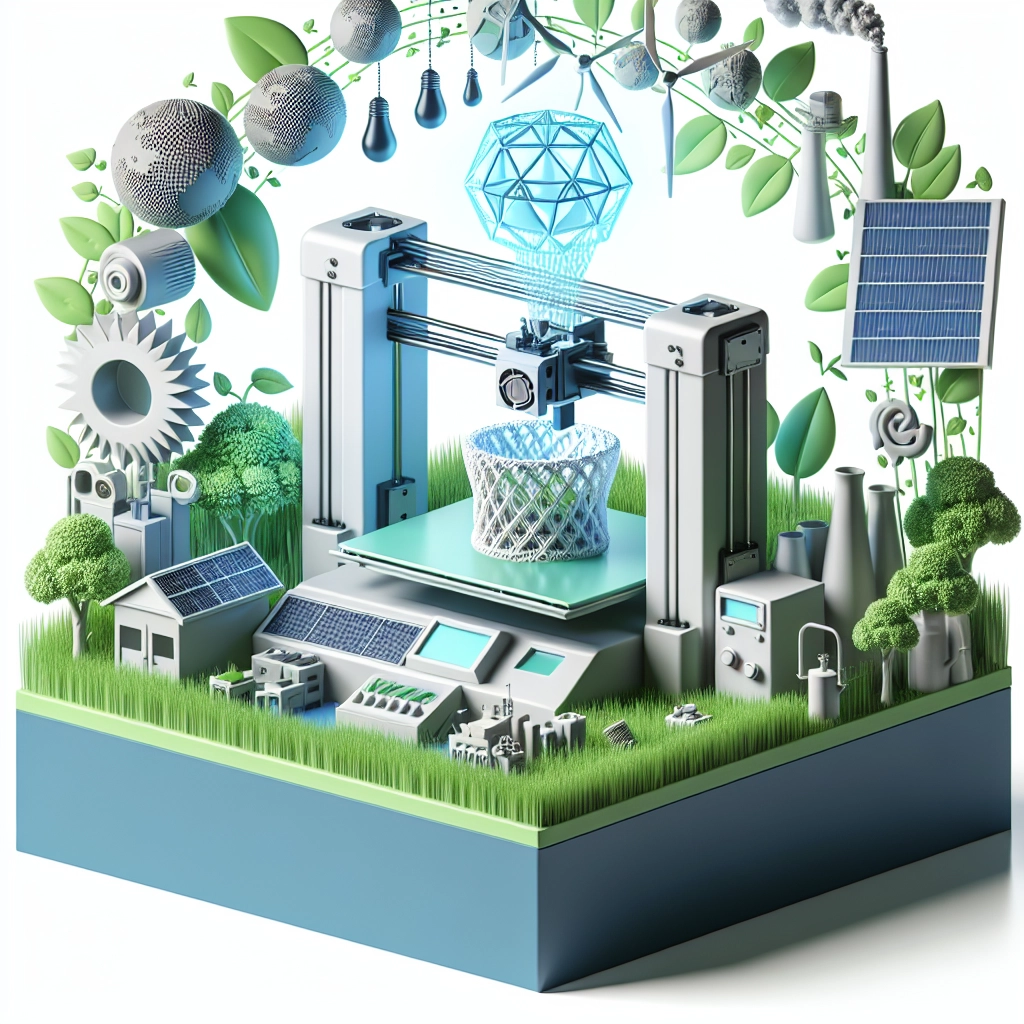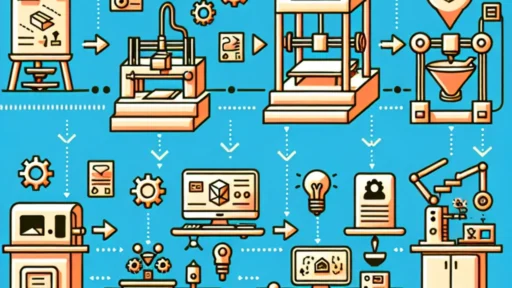3D Printing and Sustainability: The Impact of Technology
In a world that’s becoming increasingly aware of environmental issues, technology often gets a bad rap. But what if I told you that some innovations are actually making strides toward a more sustainable future? Enter 3D printing—the quirky, fascinating technology that has taken the manufacturing world by storm. Not only does it promise a new way of making things, but it also presents opportunities to rethink our approaches to sustainability. That’s right, the art of layering plastic, metal, or even organic materials can positively impact the environment. Let’s dive into how 3D printing is playing its part in the sustainability conversation.
Reducing Waste: One Layer at a Time
Traditional manufacturing methods often involve complex processes that can generate considerable waste. Think about it: shaping large blocks of material into smaller pieces inevitably leads to leftover scraps. With 3D printing, however, things are different. This additive manufacturing process only produces what is needed, layer by layer. By minimizing excess material, it not only reduces waste but also saves on raw materials. Imagine a world where we only use the plastic necessary to create an object, rather than discarding heaps of extra material. This is a significant step toward lower environmental impact.
Local Production: A Shift in Supply Chains
Another glorious perk of 3D printing is its potential to localize production. In a globalized world where products travel thousands of miles, the carbon footprint of transportation can skyrocket. What if the objects we need could be printed locally? With the right technology, local communities could manufacture their own products, from simple household items to complex machinery parts. This not only cuts down on transportation emissions but also supports local economies and reduces dependence on overseas suppliers. It’s a shift that could redefine how we think about manufacturing and distribution in the modern age.
Materials Matter: Innovative Green Options
While plastic is the most common material used in 3D printing, the industry is expanding its horizons. Companies are now experimenting with sustainable alternatives like bio-based plastics and even natural materials such as clay, wood, and metal powders. Some startups are developing filaments made from recycled materials, helping to give new life to materials that would otherwise end up in landfills. Plus, exciting innovations in bioprinting have led to the creation of organic materials for medical applications, such as tissue engineering. Imagine a time when we can produce living tissues for transplants directly from a printer!
Energy Efficiency: Print Smart
When we think about sustainability, energy consumption is a big piece of the puzzle. Surprisingly, 3D printing can be remarkably energy-efficient. Compared to traditional methods that often require high energy outputs for machining and shaping materials, 3D printing can operate at a lower energy cost, especially for smaller production runs. And the technology continues to evolve; advancements are continually being made to make printers faster and more energy-efficient, meaning we can produce more with less energy. That’s a win for both sustainability and your electric bill!
Challenges and Considerations
Of course, as with any emerging technology, there are challenges to consider. While 3D printing has many potential benefits, it isn’t a silver bullet for all sustainability issues. The mass production of goods might give way to an increase in consumerism if we aren’t careful. It’s essential to balance accessibility with responsibility, ensuring that consumers are aware of what they really need versus what they want merely because it’s easy to print.
Additionally, the materials used for printing—particularly certain plastics—still raise concerns about recyclability and environmental impact. As the technology evolves, it will be crucial to focus on developing eco-friendly practices and materials that work in tandem with the best intentions of sustainability.
The Future Looks Bright
As we look ahead, the potential of 3D printing to drive sustainability in manufacturing and consumer habits is immense. From reducing waste and enabling local production to pioneering new sustainable materials, this technology can be a game-changer in our fight against climate change. While it’s essential to approach it with mindful consideration, there’s no denying that the fusion of 3D printing and sustainability is opening doors we never thought possible.
As we collectively rethink our relationship with materialism and consider more sustainable alternatives, it’s exciting to imagine a future where technology assists us in building not just objects, but an eco-friendly legacy. What a fascinating journey we’re on, blending creativity with responsibility for a better tomorrow!






